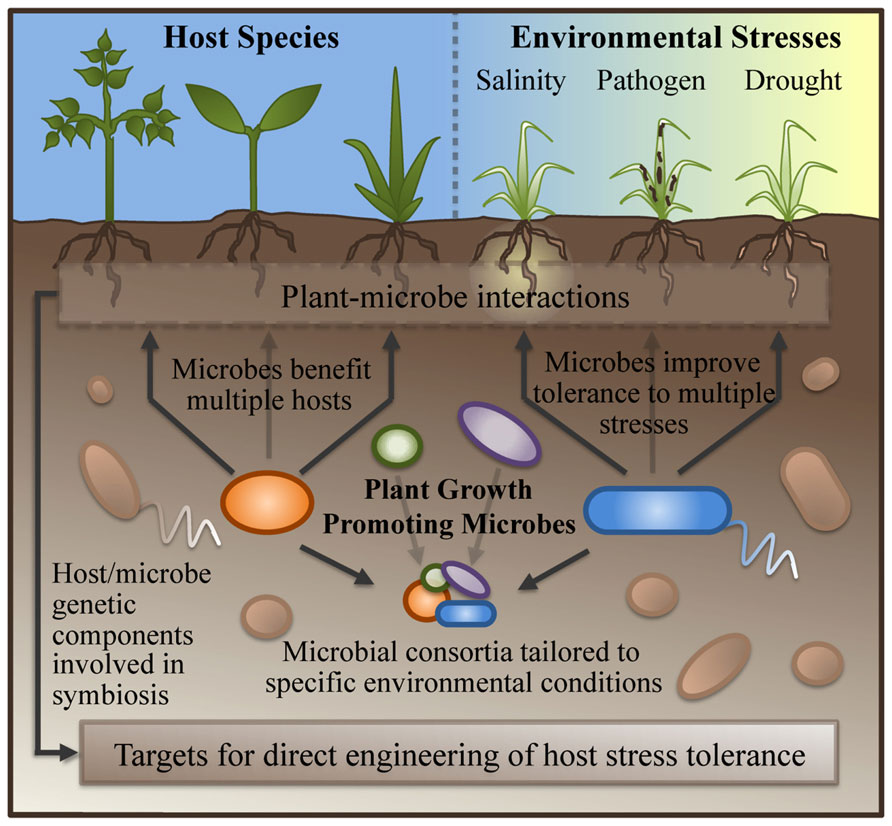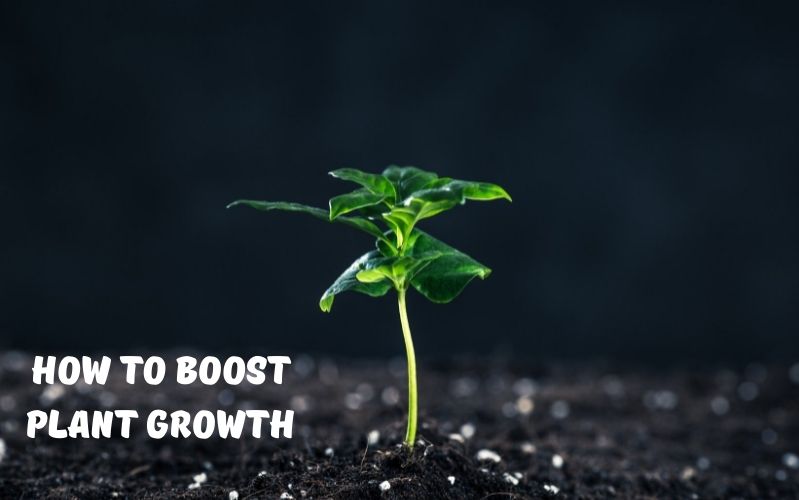Want to see your plants thrive? Improving plant growth is easier than you think.
Healthy plants need the right care to grow strong. You can help your plants by giving them what they need: good soil, enough light, and the right amount of water. It’s not just about watering them; it’s about understanding their needs.
Plants, like people, need nutrients to grow. They also need the right environment. This blog will show you simple ways to improve your plant’s health. With a bit of attention, you can have a garden full of vibrant, healthy plants. Let’s dive in and learn how to make your plants flourish.
Choosing The Right Soil
Different plants need different soil. Some plants like sandy soil. Others grow best in clay soil. Loamy soil is good for most plants. Knowing your plant’s needs helps you choose the best soil. Soil texture affects water drainage and root growth. Sandy soil drains fast but may dry out quickly. Clay soil holds water but may drain slowly. Loamy soil is a mix of sand, silt, and clay. It holds water well but drains better than clay.
Plants need nutrients to grow. Soil has different nutrients like nitrogen, phosphorus, and potassium. These nutrients help plants grow strong and healthy. Check your soil’s nutrients before planting. You can use a soil test kit. If the soil lacks nutrients, add compost or fertilizer. Organic matter like compost improves soil health. It adds nutrients and helps soil hold water.

Credit: jgi.doe.gov
Proper Watering Techniques
Water plants regularly. Morning is the best time. This helps plants absorb water. Water deeply but infrequently. This encourages deep roots. Avoid shallow watering. It causes weak roots. Check soil moisture often. Use your fingers. If the top inch is dry, it’s time to water.
Use clean water. Tap water is usually fine. But, avoid water with high salt. Rainwater is a great choice. It is natural and free. Filtered water is also good. Hard water can harm plants. Check your water quality. Use a simple test kit.
Optimal Light Conditions
Plants need light to grow. Sunlight is the best source of natural light. Place your plants near a window. Make sure they get direct sunlight for at least 6 hours a day. Morning sun is less harsh than afternoon sun. Rotate your plants every week. This helps them grow evenly.
Natural light is not always enough. Use grow lights to help your plants. LED grow lights are energy-efficient. They do not get too hot. Place the lights 6-12 inches above your plants. Keep the lights on for 12-16 hours a day. Turn them off at night. Plants need rest too.

Credit: news.illinois.edu
Fertilization Strategies
Organic fertilizers come from natural sources. They include compost, manure, and bone meal. These fertilizers improve soil health. They add essential nutrients. Plants get better growth. They also help the environment. No chemicals harm the soil. They are safe for pets and kids.
Chemical fertilizers are man-made. They give plants quick nutrients. This helps plants grow fast. But, they can harm the soil over time. They may also hurt water sources. Proper use is key. Too much can burn plants. Always follow instructions on the label.
Pest And Disease Management
Plants can be hurt by many pests. Common pests include aphids, beetles, and caterpillars. Aphids are small and green. Beetles can be shiny or dark. Caterpillars are long and eat leaves. Check leaves for holes or spots. Look under leaves for pests. Use a magnifying glass to see tiny pests.
Use simple natural remedies to manage pests. Soap water kills many pests. Mix soap with water and spray on plants. Neem oil is a good natural pesticide. Spray neem oil on leaves. Garlic spray can keep pests away. Mix garlic with water and spray. Ladybugs eat pests like aphids. Release ladybugs in your garden.
Pruning And Trimming
Pruning should be done at the right time. Spring is the best season for pruning most plants. This is when new growth starts. For flowering plants, prune right after they bloom. This helps maintain their shape and health. For fruit trees, late winter or early spring is ideal. This encourages strong growth in the new season.
Use sharp, clean tools for pruning. This prevents damage to the plant. Hand pruners are good for small branches. Loppers are better for thicker branches. For large branches, use a pruning saw. Always cut at a 45-degree angle. This helps the plant heal faster. Remove any dead or diseased branches first. Then, focus on shaping the plant.
Container Gardening Tips
Choose containers with enough space for roots to grow. Small containers can stunt plant growth. Ensure the containers have drainage holes. Without drainage, roots can rot. Pots made of clay, plastic, or wood are good choices. Each material has its pros and cons. Clay pots are heavy but breathe well. Plastic pots are light but can get hot. Wood pots look nice but need care.
Use high-quality potting soil for container gardening. Garden soil is too heavy for pots. Good potting soil drains well but holds moisture. Mix in compost to enrich the soil. Check the soil regularly. It should be moist, not wet. Add small stones or pebbles at the bottom of the pot. This helps with drainage. Water the plants when the top inch of soil is dry. Too much water can harm plants.
Temperature And Humidity Control
Plants grow best in specific temperatures. For most plants, the ideal temperature is between 65°F and 75°F. Too hot or too cold can stress plants. Stress makes them weak. This can stop growth. Use a thermometer to check the temperature. Make adjustments as needed. Keep plants away from drafty windows. Protect them from heating vents.
Humidity is vital for plants. Most plants thrive in 40% to 60% humidity. Low humidity can dry out leaves. High humidity can cause mold. Use a humidifier to increase humidity. Decrease humidity with a dehumidifier. Keep an eye on the air. Adjust as needed. Group plants together to create a humid microclimate. Mist plants with water for a quick boost.

Credit: phys.org
Frequently Asked Questions
How Can I Boost Plant Growth Naturally?
Using organic fertilizers, proper watering, and ensuring adequate sunlight can naturally enhance plant growth. Additionally, composting and using mulch can improve soil health.
What Are The Best Fertilizers For Plant Growth?
Organic fertilizers like compost, manure, and fish emulsion are excellent for promoting healthy plant growth. These provide essential nutrients without harmful chemicals.
How Often Should I Water My Plants?
Watering frequency depends on plant type, soil, and climate. Generally, most plants need watering once or twice a week.
Why Is Sunlight Important For Plants?
Sunlight is essential for photosynthesis, which allows plants to convert light into energy. This process is crucial for their growth.
Conclusion
Boosting plant growth requires attention to several key factors. Ensure proper sunlight, water, and nutrients. Use quality soil for better root development. Regularly check for pests and diseases. Prune plants to encourage new growth. Rotate crops to maintain soil health.
These steps lead to healthier, more vibrant plants. Consistency and care make the difference. Happy gardening!

My mission is to help you bring the beauty of nature indoors with expert advice, detailed plant care guides, and creative design ideas.





Leave a Reply